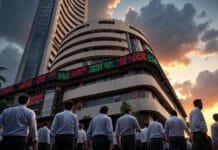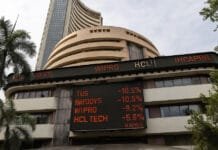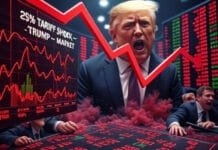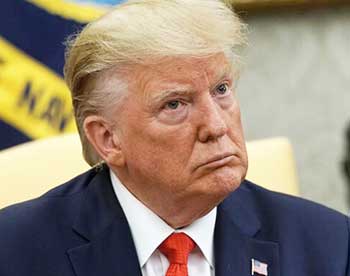Global equity funds have recorded their fourth consecutive week of inflows, signaling renewed investor confidence amid hopes that the U.S. Federal Reserve may ease interest rates. According to data compiled by Refinitiv Lipper, investors added $2.17 billion to global equity funds in the week ending October 15, 2025. Analysts see this as a significant trend, reflecting optimism in markets despite ongoing geopolitical and economic uncertainties.
“These inflows indicate that investors are cautiously optimistic about a more accommodative U.S. monetary policy,” said financial strategist Rajiv Kapoor.
Drivers of the Inflows
The primary driver of this inflow has been expectations that the U.S. Federal Reserve could cut interest rates in response to slower economic growth and muted inflation. Lower interest rates typically make equities more attractive compared to fixed-income instruments, prompting investors to move capital into stocks.
“Global investors are positioning their portfolios ahead of potential policy changes,” explained Ananya Verma, a senior portfolio manager at Global Finance Partners.
Additionally, strong corporate earnings in key sectors, particularly technology and green energy, have buoyed investor sentiment. Analysts note that emerging markets, including India, Southeast Asia, and Latin America, have also benefited from these inflows, as investors seek higher returns outside traditional markets.
Impact on Global Markets
The surge in equity fund inflows has had a noticeable impact on global stock indices. Asian markets, in particular, experienced moderate gains, while U.S. markets showed mixed performance ahead of the Federal Reserve’s upcoming policy signals.
“Capital flows are a reflection of confidence and sentiment. This trend may continue if the macroeconomic environment remains supportive,” said Dr. Suresh Nair, economist and market analyst.
In Europe, investors are carefully watching the ECB’s policy decisions, as the interconnected nature of global markets means that monetary changes in one region can ripple worldwide.
Implications for Investors
For individual and institutional investors, the current inflow trend highlights the importance of diversified portfolios and a long-term investment horizon. Experts suggest maintaining exposure to both developed and emerging markets to balance growth opportunities with risk.
Financial advisor Priya Menon advised, “While the inflows are encouraging, investors should remain vigilant. Market volatility remains, especially with geopolitical tensions and trade uncertainties.”
Emerging market equities, in particular, have attracted attention due to relatively higher returns and improving economic fundamentals in countries like India and Brazil. Analysts predict that these markets could continue to draw capital as global interest rates potentially decline.
Broader Economic Context
The fourth consecutive week of inflows also reflects broader macroeconomic optimism, with investors anticipating that central banks will adopt accommodative policies to support growth. After months of volatility due to inflation concerns and geopolitical risks, the current trend suggests a potential stabilization phase in the global financial system.
“This is a sign that investors are regaining confidence in equities as a hedge against uncertainty,” noted Rajesh Malhotra, senior market strategist.
Looking Ahead
As the U.S. Federal Reserve prepares for its next policy review, investors will closely monitor interest rate signals, inflation data, and employment trends. The continued inflows into global equity funds are likely to influence market liquidity, corporate valuations, and investor strategies worldwide.
For India and other emerging markets, the inflows provide additional capital for growth-oriented sectors, enhancing stock market performance and potentially attracting long-term foreign investment.
In conclusion, the fourth consecutive week of global equity fund inflows is a positive indicator of investor sentiment and economic confidence. While uncertainties remain, the trend underscores the global market’s responsiveness to central bank policies, corporate earnings, and geopolitical developments.














